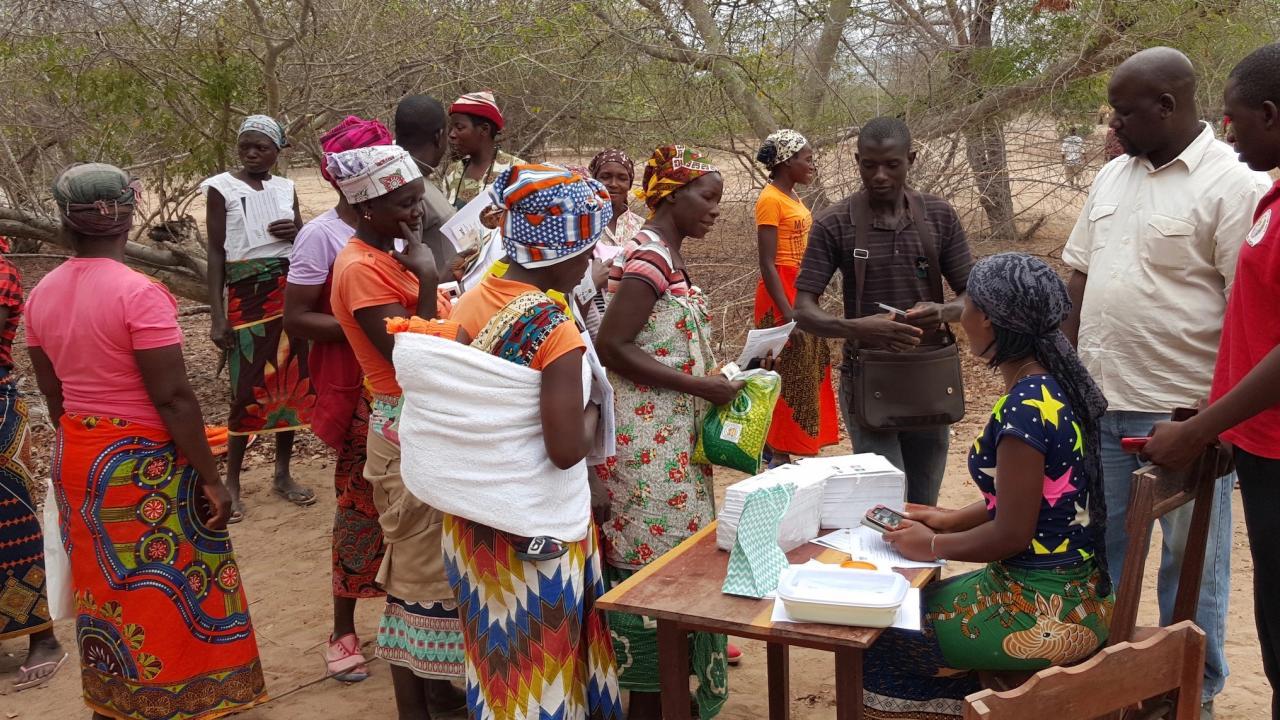
Accounting for the Full Cost of Shocks with an Economic Measure of Resilience
In many parts of the world, increasingly erratic weather is threatening the lives and livelihoods of families who rely on agriculture. While no one can control mother nature, development programs are focused more than ever on the idea of building people’s resilience to losing crops, livestock and even their means to earn a living.
But when it comes to measuring resilience, what exactly do we mean?
“Intuitively, resilience is the ability to maintain one’s livelihood with minimal compromise compared to what it would have been without a shock,” said Michael Carter, director of the MRR Innovation Lab at UC Davis. “That’s a common-sense definition but how do we measure that?”
For the past two years, Carter has been developing an economic measure of resilience that quantifies it using commonly available data. This measure makes it possible to identify which households are most vulnerable to shocks and to compare how well different development programs strengthen resilience.
“Our economic measure of resilience can show us where an ounce of prevention is worth a pound of cure,” said Carter.
Defining an Economic Measure of Resilience
For the past two years, Carter has been working with Mo Alloush, an economist at Hamilton College, to build an economic measure of resilience that starts with how a shock affects people’s livelihoods. An established body of research has shown that a shock like severe drought causes cumulative losses in income, assets or some other financial measure of well-being.
Based on this idea of a shock’s lasting impacts, Carter and Alloush developed a model of resilience that uses data on a measure of economic well-being, such as income, before and after a shock. By comparing households who experienced a shock and similar households who did not, it’s possible to estimate the cumulative losses caused by that shock.
In this model, resilience can be represented as a single, comparable number. Perfect resilience would be if a household maintains 100 percent of their financial well-being for that entire period of time. Zero resilience would be if a household never recovers from their financial state immediately after a shock. Negative resilience occurs if a household’s situation continues to deteriorate after a shock and they fall into a poverty trap.
“By definition, a shock damages a household’s financial well-being,” said Carter. “Our economic measure of resilience represents a household’s cumulative economic loss compared against what their circumstances would have been without a shock.”
Taking the Economic Measure of Resilience from the Lab to the Field
Carter and Alloush have tested this economic measure of resilience with real-life data from one of Carter’s recent studies. In that 2015-2018 study, Carter and his team developed a bundle of insured stress-tolerant maize seeds and tested the bundle’s impacts in Mozambique and Tanzania.
That study evaluated impacts in terms of yields, but with this new measure of resilience Carter and Alloush have quantified those impacts in terms of resilience itself. After a severe drought, farmers who didn’t have access to the insured seeds lost nearly half of their crops and barely recovered. These farmers had a resilience measure of 18 percent for the two years after the drought.
Farmers who had access to the insured seed had a very different experience. With their in-kind insurance payouts of improved seeds, they increased their investments in productivity and had higher yields than even before the drought. These farmers had a resilience measure of 82 percent.
“With the improved seeds, farmers didn’t fall as far after a shock, and they recovered immediately because of the insurance,” said Carter. “Our measure of resilience quantifies exactly what that difference is in terms of resilience itself.”
This economic measure of resilience can be implemented using existing household data from a number of sources, including longitudinal living standards surveys, field experiments and others. This measure can also be used to show whether programs truly do promote resilience and to apply a cost-benefit analysis to compare them.
“When we think about how to measure resilience, we should measure what we mean,” said Carter. “Our economic measure of resilience allows us to see what kinds of households never recover from shocks. It also allows us to explore what kinds of development programs and interventions generate the greatest resilience benefits, dollar-for-dollar.”
